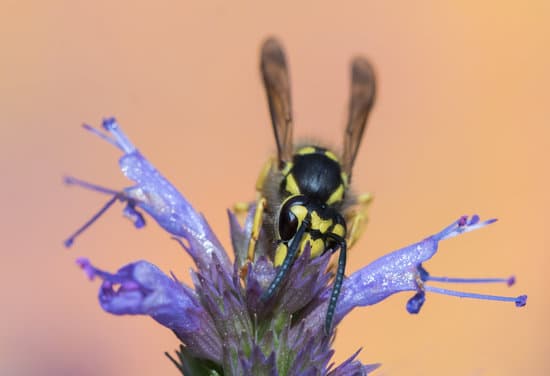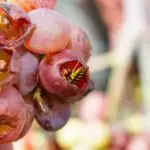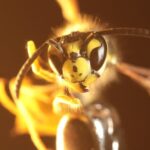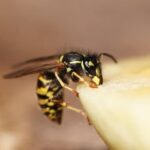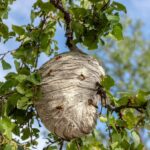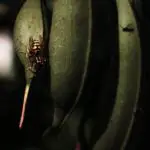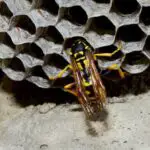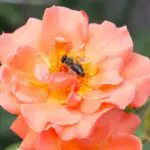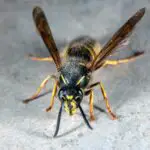Do Figs Really Contain Wasps?
Figs are a sweet fruit, and are often used in dessert courses. They are also commonly sold as jams. In some cases, they may contain dead wasps. This is because of a complicated process known as pollination. In figs, the pollen is carried by a female wasp to fertilize the fig’s ovaries. The pollen is then spread by the female wasp to other figs.
Figs can be grown in many different climates, but the plants usually grow in balmy climes. They are often found in Mediterranean countries, and in Asian countries. The fig is a versatile fruit, and can be used in dessert courses or smoky meats. However, people with allergies to wasp venom may not be able to eat figs.
Figs are complex fruits, and the pollination process is also complicated. It requires a special breed of wasp. The wasp must crawl through a tiny hole in the fruit to reach the flower. Then, the wasp lays its eggs inside the fruit. The female wasp then dies inside the fig. During this process, the female wasp loses her wings and antennae. This is why the fruit is called an inverted flower.
Female figs cannot produce wasps themselves, but they will lay their eggs in the male fig. In some cases, the female wasps cannot lay their eggs in a female fig. However, they will still produce fruit and pollen.
When figs are grown commercially, they may not contain wasps. In fact, most U.S.-grown figs are self-pollinating. Some figs are also treated with a special enzyme, ficin, which digests the wasp exoskeleton. The enzyme breaks down the wasp’s exoskeleton, and leaves the wasp in a protein form. This process adds to the taste of the ripened fruit.
